Eating is necessary but eating smart is an art. Millet nowadays is gaining popularity among the young generation for its incredible health benefits. Millet is considered a miracle food that can solve all our health issues. There are so many articles floating on the internet about millet benefits, millet diets, and recipes. There is no doubt that millet does hold various nutritional benefits, we must make a fully informed decision before including them in our diet. This article will help you to understand how can you enjoy millet benefits without causing any side effects.
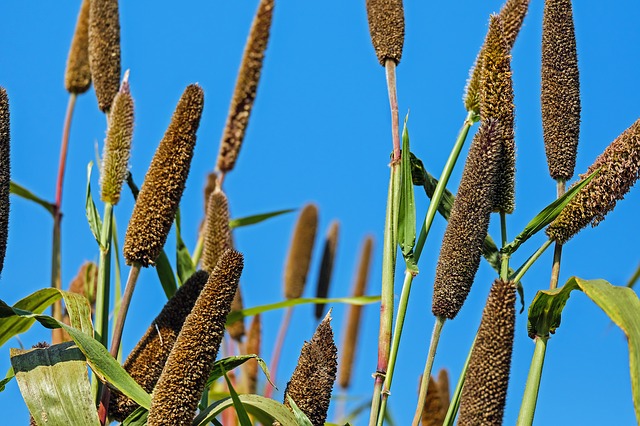
Before knowing millet benefits ..What are millets?
Millets are small-seeded grains from hardy plants which are capable of growing in areas where there are low rainfall and poor irrigation facilities. Millets are one of the oldest foods known to humans and possibly the first cereal grain to be used for domestic purposes. Millets are important crops in many states of India and Africa.
Why there is a sudden boom to these forgotten grains?
After the green revolution, rice and wheat have gained popularity over millets and slowly people forgot about these grains. In the last two years, many funds have been invested in millets which again brought them in limelight. Nutritionists, Environmentalists, and the Government are promoting them in a big way which resulted in Millet Revolution. Intensive research on millets is conducted by ICAR-Indian Institute of Millets Research in Telangana, India, and by the USDA-ARS at Tifton, Georgia, United States. ( 1, 2 )
Millets are unique-
Millets are unique due to their –
- short growing season- can develop from planted seeds to mature, ready to harvest plants in a short time like 70 – 120 days.
- easily grown -unlike rice and wheat that require many inputs in term of soil fertility and water, millets can be easily grown in dry regions with minimum inputs.
- wonderful nutritional profile compared to other cereals.
- used as dual-purpose crops—food and fodder—they make strong economic sense in mixed farming systems.
Types of millets –
Millet is a collective name used to describe several different small-grained cereal kinds of grass. Although millet does not derive from one plant species, they do share consistent common features.
Millets are classified as Major Millets and Minor Millets.
| Major Millet | Minor Millet |
| Sorghum (Jowar) | Foxtail Millet (Kangni) |
| Finger Millet (Ragi) | Barnyard Millet (Sanwa/ Samvat ke Chawal) |
| Pearl Millet (Bajra) | Prosco Millet (broomcorn millet) |
| Little Millet (Moraiyo/ Kutki/ Shavan/ Sama) | |
| Kodo Millet(Kodra/ Kodaram/kodan) |

Nutritional benefits of millet
1. The nutritional profile of millet
All millet are incredibly nutritious and a great source of many vitamins and minerals. Let’s check all the minerals and vitamins present in different millet. (3)
The nutritional profile of per 100 grams of the edible portion of millet
| Parameters | Protein (g) | Fat (g) | Minerals (g) | Total dietary fiber (g) |
Insoluble fiber (g) |
Soluble fiber (g) |
Carbs (g) |
| Finger millet | 7.2 | 1.9 | 2.0 | 11.2 | 9.5 | 1.7 | 66.8 |
| Proso millet | 12.5 | 1.1 | 1.9 | – | – | – | 70.4 |
| Foxtail millet | 12.3 | 4.3 | 3.3 | – | – | – | 60.9 |
| Little millet | 10.4 | 3.9 | 1.3 | 5.5 | 5.5 | 2.3 | 65.6 |
| Kodo millet | 8.9 | 2.6 | 1.7 | 4.3 | 4.3 | 2.1 | 66.2 |
| Barnyard Millet | 6.2 | 4.6 | 2.2 | – | – | – | 65.5 |
| Pearl millet | 11.0 | 5.4 | 1.4 | 9.1 | 9.1 | 2.3 | 61.8 |
| Sorghum | 10.0 | 1.7 | 1.4 | 8.5 | 8.5 | 1.7 | 67.7 |
Vitamin content –
| Parameter | Finger | Proso | Foxtail | Little | Kodo | Barnyard | Pearl | Sorghum |
| Total Carotenoids | 154 | – | 32 | 120 | 2.72 | – | 293 | 212 |
| Thiamine | 0.37 | 0.20 | 0.59 | 0.26 | 0.29 | 0.33 | 0.33 | 0.35 |
| Riboflavin | 0.17 | 0.18 | 0.11 | 0.05 | 0.20 | 0.10 | 0.25 | 0.14 |
| Niacin | 1.34 | 2.3 | 3.2 | 1.29 | 1.49 | 4.2 | 2.3 | 2.1 |
Mineral content –
| Parameter | Finger | Proso | Foxtail | Little | Kodo | Barnyard | Pearl | Sorghum |
| Calcium | 364 | 14 | 31 | 16.06 | 15.27 | 20 | 42 | 27.6 |
| Phosphorous | 283 | 206 | 290 | 220 | 188 | 280 | 296 | 214 |
| Iron | 4.62 | 0.8 | 2.8 | 1.26 | 2.34 | 5.0 | 8.0 | 3.95 |
| Magnesium | 137 | 153 | 81 | 133 | 147 | 82 | 137 | 1.33 |
| Sodium | 11 | 8.2 | 4.6 | 8.1 | 4.6 | – | 10.9 | 5.42 |
| Potassium | 408 | 113 | 250 | 129 | 144 | – | 307 | 328 |
| Copper | 0.67 | 1.60 | 1.40 | 0.34 | 0.26 | 0.60 | 1.06 | 0.45 |
| Zinc | 2.3 | 1.4 | 2.4 | 3.7 | 0.7 | 3.0 | 3.1 | 1.96 |
Source: IFCT (Indian Food Composition Tables, 2017, Nutritive value Of Indian foods, 2009)
2. Millets have antioxidant properties
All varieties of millets are abundant in phytochemicals known as polyphenols which have strong antioxidant properties. This antioxidant property helps to flush out harmful free radicals from the body and prevent several potentially fatal conditions ranging from heart diseases to cancer. They also help in reducing inflammation and boost up immunity. Pearl and finger millets are packed with phenolic acid 1478 mcg and 612 mcg respectively. (4)

3. Millets help in controlling Diabetes
Most millets have a low glycemic index and high amounts of soluble dietary fiber, enabling better sugar control and making them diabetes-friendly cereal. When it comes to managing type-2 diabetes millets are considered a superfood with their high magnesium content. Magnesium significantly boosts the efficiency of insulin receptors and decreases insulin resistance. Studies also indicate that consuming magnesium in a daily diet reduces the chances of developing diabetes. (5)
Read – Enough of diabetic diet – lets focus on reversing diabetes
4. Millets are good for heart health
As a good source of magnesium millet help in lowering blood pressure and reduce the risk of heart attacks & strokes caused by atherosclerosis a condition where arteries become narrower due to fast deposits on their inner walls. Millet also contain substantial amounts of potassium which is another heart-friendly mineral. Animal studies show that prosco and finger millet can even improve the levels of high-density lipoproteins (HDL) or good cholesterol.(6,7)
5. Millets guard the gut
Millets are a refreshing alternative when you want to go gluten-free. People with celiac disease can happily include millets in their diet. Millets have a significant amount of soluble and insoluble fiber which regulates your digestion process and prevents the food from moving too fast or too slow in your digestive tract. The fiber in millet is also helpful in reducing the risk of gallstones. Food rich in insoluble fiber can speed up the transit of undigested food through the colon and also reduce the secretion of bile acids which prevents the formation of gall stones. (8)
6. Millets help in managing weight
Whole grains that are rich in fiber always make it to a diet chart for weight loss. Millets are no exception. Millets increase satiety and keep you full for longer periods. This decreases hunger pangs and keeps you from snacking in between meals. (9)
Types of millets
Let us know a bit more about the different types of millets commonly used.
1. Sorghum (Jowar)
- tropical drought-tolerant crop
- packed full of nutrients- enriched with the goodness of protein, iron, and fiber, a good source of Vit B6, magnesium, phosphorous
- help in reducing cholesterol levels as it has a component called Policosanols (16)
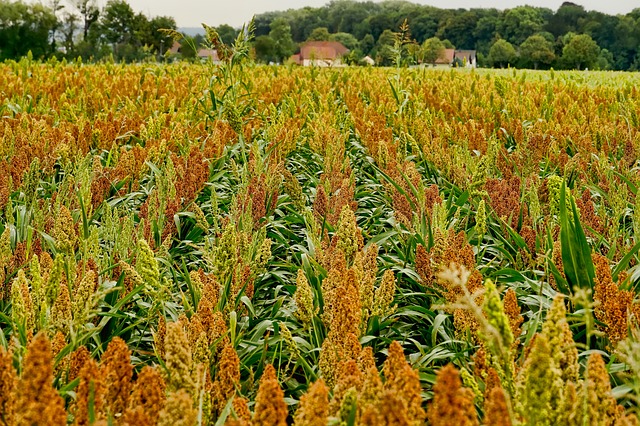
2) Pearl Millet (Bajra)-
- contain iron 8 times higher than that present in rice
- good source of protein, fiber, and minerals such as calcium and magnesium.
- Rich in Vitamin B complex, potassium, copper, zinc and selenium
- help to ease constipation and any problem with the digestion
- act as good lactagogue- helps in efficient milk secretion during lactation
- has a low glycemic index -Its insoluble fiber helps in the slow release of carbohydrates into your system thus providing energy over a longer period and keeping your blood glucose in check.
- its stalk gets ripe in the winter-a staple diet to sustain the cold in the desert region. (17)
Read – 4 steps for constipation treatment at home
3) Foxtail millet (Kangni)-
- it’s one of the oldest of all the cultivated millets rich in dietary fiber, protein, carbohydrate and low in fat
- protein content varies from 6-11% and fat varying from 1.5 – 5 %. strong in taste.
- rich in minerals like Iron and copper
- helps to reduce the levels of bad cholesterol and keeps the immune system strong as well
- it’s popular in the form of flour and semolina.
4) Finger Millet (Ragi)
- It’s grown in the arid and semi-arid regions of Asia and Africa
- rich in calcium and other minerals
- it’s a powerhouse of nutrition loaded with protein and amino acids. The proteins fraction in Ragi is Eleusinin, which has a high biological value meaning that it is easily incorporated into the body.
- contain significant quantities of essential amino acids like tryptophan, Cysteine, methionine, and total aromatic amino acids.
- A very good source of protein for vegetarians. (18)
Read – Go desi with ragi drink
5) Proso Millet (Broomcorn millet)-
- effective in balancing blood sugar level.
- In India, it has been commonly bird feed.
- rich in protein
- high in antioxidant content and minerals like magnesium, potassium, and Phosphorous
6) Barnyard Millet (Sanwa/ Samvat ke Chawal)-
- has a considerable amount of fiber that helps maintain satiety.
- rich in calcium and phosphorous
- loaded with antioxidants
- has high fiber content which can effectively help in losing weight.
7)Kodo millet (Kodra/ Kodaram/kodan) –
- it closely resembles rice
- it is easy to digest
- rich in phytochemicals and antioxidants all of which helps to prevent major lifestyle diseases.
- cook it like rice once in a while and relish without guilt
- contains high lecithin
- excellent for strengthening the nervous system.
- beneficial for postmenopausal women suffering from signs of cardiovascular disease like high Blood pressure and high cholesterol levels.
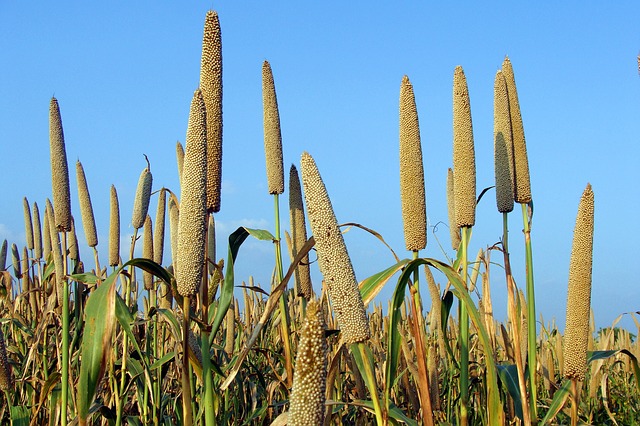
8) Little Millet (Moraiyo/ Kutki/ Shavan/ Sama) –
- rich in Vitamin B complex, minerals like calcium, Iron, Zinc, Potassium
- good source of unsaturated fat that ensures a healthy metabolism
Can millets completely replace rice and wheat?
No. Completely switching to millets is not a good idea. We should never depend upon single grain for whole life or even for a few months. You should include a variety of grains depending on your health. There are some limitations with millets too.
- Goitrogens in millets – Goitrogens are substances that suppress thyroid activity and can lead to goiter. Goitrogens in millets block iodine absorption which is very important for thyroid function. Studies have shown that people who rely completely on millet as their staple showed symptoms of goiter. Protect your thyroid at all cost! Don’t take any chances with your thyroid health by consuming large amounts of millets. (10,11)
- Oxalates in millets – Millets especially pearl millet is high in oxalates. This can lead to kidney stones. The proper cooking method needs to be followed to avoid this. (12)
- Enzyme inhibitors and Phytic acid – Millets contain certain enzyme inhibitors and phytic acid. Phytic acid acts as a binder that binds important minerals and not allowing the body to absorb the nutrients and minerals. Phytic acids are considered as anti-nutrient. The proper cooking method is a must to overcome this problem. (13, 14)
- Constipation – As millets are high in fiber, over consumption of them may lead to stomach ache, bloating and constipation.
Read – White rice vs brown rice – which is the best?
| Foodgrains | Carbohydrates (grams) | Protein (grams) | Fat (grams) | Energy (K/cal) | Calcium (mg) | Iron (mg) |
| Sorghum | 72.6 | 10.4 | 1.9 | 349 | 25 | 4.1 |
| Bajra | 67.5 | 11.6 | 5 | 361 | 42 | 8 |
| Finger millet | 72.0 | 7.3 | 1.3 | 328 | 344 | 3.1 |
| Foxtail millet | 60.9 | 12.3 | 4.3 | 331 | 31 | 2.8 |
| kodo millet | 65.9 | 8.3 | 1.4 | 309 | 27 | 0.5 |
| Proso millet | 70.4 | 125 | 1.1 | 341 | 14 | 0.8 |
| Barnyard millet | 65.5 | 6.2 | 2.2 | 307 | 20 | 5 |
| Little millet | 67.0 | 7.7 | 4.7 | 341 | 17 | 9.3 |
| Wheat | 71.2 | 11.8 | 1.5 | 346 | 41 | 5.3 |
| Rice (raw,milled) | 78.2 | 6.8 | 0.5 | 345 | 10 | 0.7 |
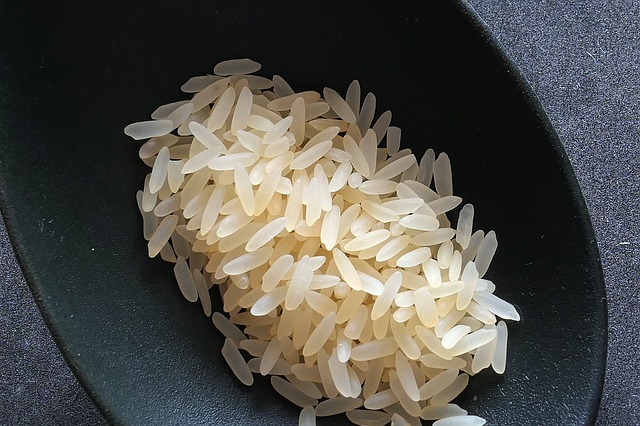
Can patients with thyroid problem eat millets?
Thyroid patients can alternatively use grains like rice, buckwheat, and amaranth. Millets like finger millet and Sorghum can be consumed by thyroid patients but no other millets should be included in their diet. (10,11)
Read – No diet is the best diet for hypothyroidism
Nutritional profile of various grains (100gms)
How to cook millet?
Yes, millets are loaded with nutrients. But containing a high amount of nutrients is meaningless if your body is unable to utilize them when required. You must follow the correct method to unbind the nutrients.
Millets should be soaked overnight or for a minimum of 10 hours in slightly warm water. You can also add a teaspoon of freshly squeezed lemon to the warm water. Soaking in warm water and the acidic nature of lemon juice helps in the elimination of anti-nutrients present in millets. Before cooking rinse the soaked millets.
Malting/sprouting of certain millets like finger millets enhances the nutritional qualities of the millet. (15)
How much of millets are safe to use?
Like any other good food, moderation is a must in the case of millets too. 3-4 times a week is safe to consume millets. Millets like Ragi and Jowar can be consumed daily once in a meal or snacks. On average, an adult should include 30 – 40 grams of grains per day. See that your millet quantity doesn’t exceed this level. Remember to keep yourself well hydrated while consuming millets as the fiber absorbs too much water from the body and can make you dehydrated within.
Is eating millet is enough for weight loss, curing diabetes and great health?
Millets have indeed been underrated ignored for the last few decades. But now millets are being overrated and promoted as a miracle grain which is also not true.
Each grain is important and has multiple health benefits along with its fair share of side effects when consumed in excess. Therefore in nutrition science, immense importance is given to variety in the diet – which helps to embrace the goodness of each food and nullify the side effects.
There are no good or bad grains. Grains’ health benefits depend on how it is grown and processed. Eating rice and wheat in moderate quantities causes no harm.
Millets supporters are vouching that all the health problems in the last decades are due to rice. Come on, we all know how fast foods, junk foods, and packaged foods gained popularity in the last few decades. Knowingly or unknowingly, excessive consumption of refined salt, refined sugar, and refined oil caused much more damage to the human race in the last few decades. A sedentary lifestyle, crazy working hours, and digital addiction have worked as a catalyst to make the situation worse for us.
Therefore, if you are thinking only eating millet 3 times a day is going to solve all your health issues, you are wrong. Start practicing saying NO to all ready-to-cook/eat packaged and processed foods. Remember it includes even your favorite “safe” Marie biscuits also. A good wholesome, preferable homemade diet, frequent activity, regular exercise, and deep good sleep are all you need to fix your health problems. Sounds simple? Well, it’s not. Develop these habits over time.
Read – Which is the best cooking oil in India
Why sleep is important for weight loss
White sugar vs brown sugar vs jaggery
How about including millets in form of multigrain in diet?
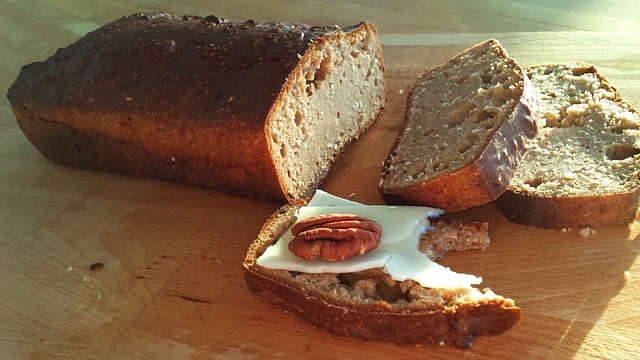
Nowadays another trend in the market is multigrain or seven grains products like multigrain bread, multigrain flour, multigrain biscuits, and all. In whole-grain products, all parts of the grain kernel – the bran, germ, and endosperm are used in making the product. In contrast, multigrain means that food contains more than one type of grain, although none of them may necessarily be whole grains. Do more grains mean more nutrients and healthier?
It is always better to choose whole-grain foods, as they are a healthy choice and contain nutrients, fiber, and other healthy plant compounds found naturally in grain. People who are allergic to one or more grains should avoid multigrain products.
While buying multigrain products check that if whole grains are used as ingredients. You can also mix 25% of each whole grain flour with your regular wheat flour and use them in your daily cooking. While cooking, always keeps the season in mind. Taking similar grains during their respective season will give greater benefits. For example, bajra is available in winter so taking them in winter will be very beneficial. Jowar and ragi are best if used in summers.
Read – Top 6 food advertisement fool you everyday
Bottom Line
There is no doubt about the benefits of millet. It has been underrated for the last few decades. But to avail millet benefits, head to age-old saying “Have balance in life and balance in your food”.Do not completely switch to millet. If you are trying millet newly take it slow. You should slowly introduce in your diet. This will give some time to your digestive system to adjust to a new diet. Do not have a self-limiting diet. Variety is always good and it could be the key to good health. Include a good portion of vegetables and pulses in your diet along with millet to have a wholesome meal.

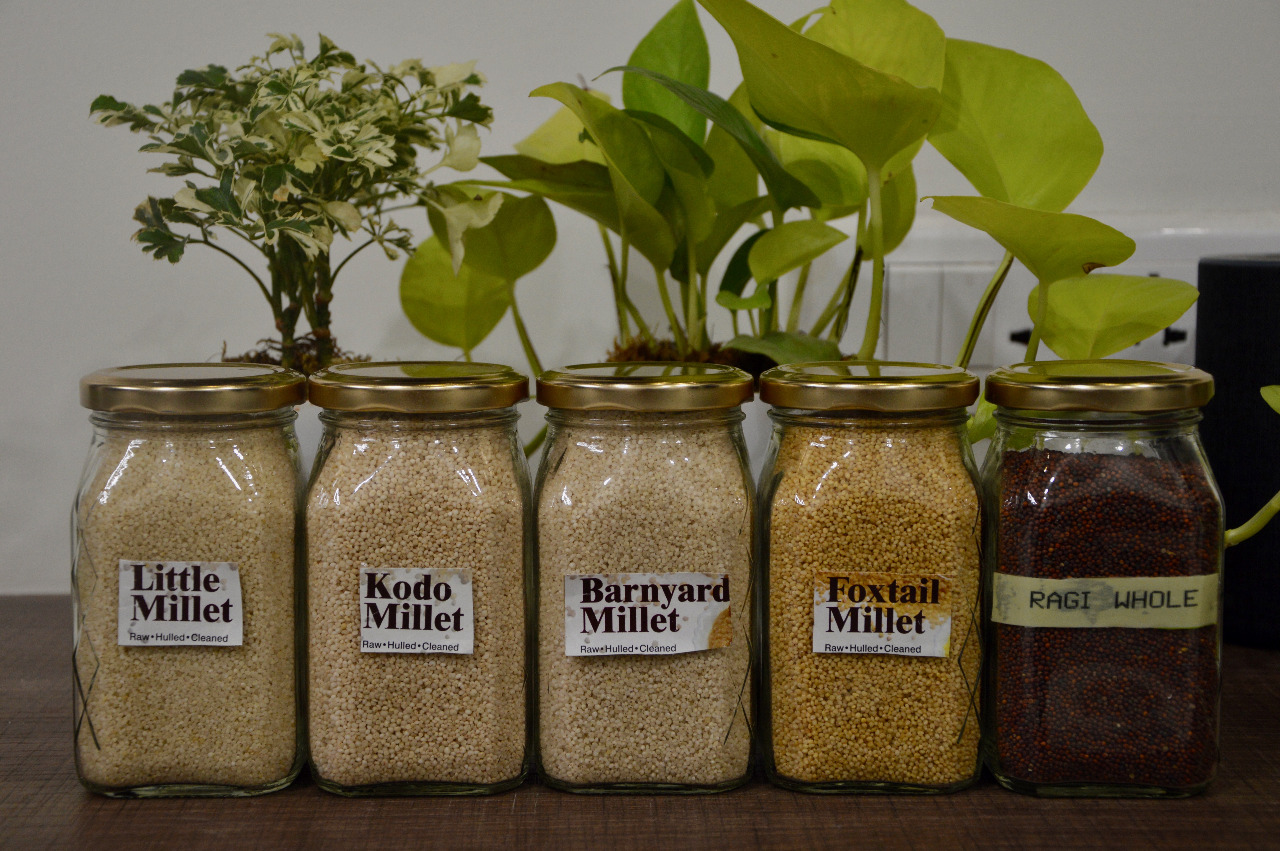
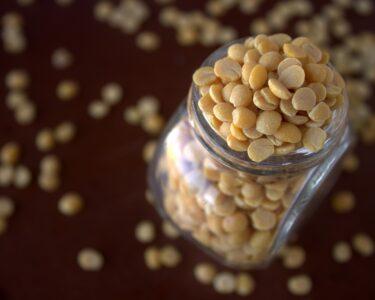

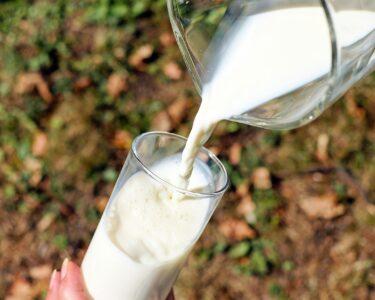
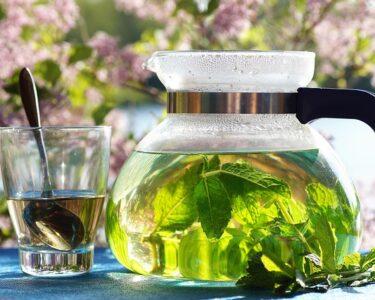
20 Comments